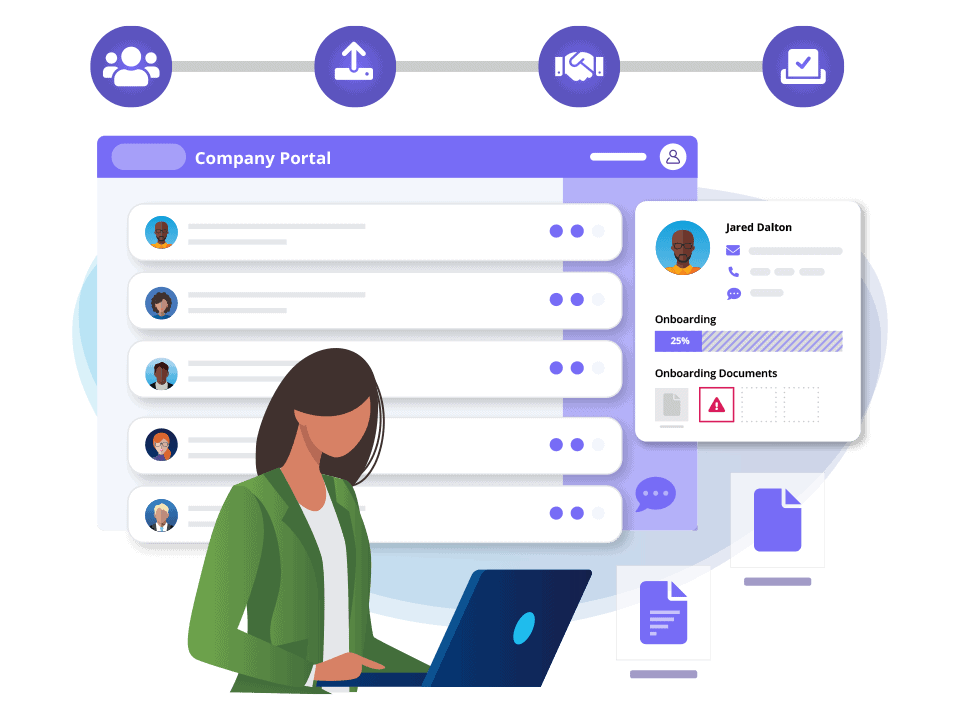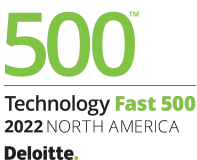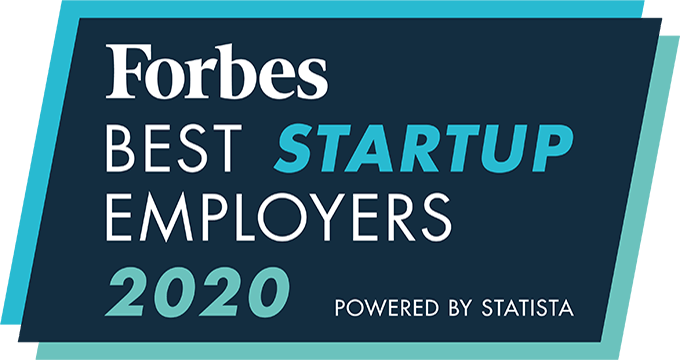In staffing, onboarding is a consistent challenge. Firms often have hundreds of candidates in the wings, increasing placement to start time and creating endless work for recruiters. And what’s more, the protocol around successful onboarding is constantly evolving. Practices like inspiring their employees with a mission statement, and making them feel part of a community are becoming standard to increase employee loyalty to your firm—but often, these soft touches of onboarding just add more time to an already time-consuming process.
As a result, modern HR technology and automated processes have become the new backbone of the onboarding process. But the capabilities of different HR technologies differ widely, and often, key features are overlooked.
The Must-Have Features: Paperless Process, Automation, and Integrations
Here are some key things to look for when selecting your next onboarding tool:
- Go Paperless. It sounds basic, but it’s critical. 71% of employees report that paperless onboarding is the #1 key feature of any onboarding software, especially since 60% of HR managers manually administer benefits. Features like digital documents, eSignatures, and eForms eliminate paper and manual data entry, saving 90% of time and 85% of costs through automated processes. Any HR software that does not conduct 100% of onboarding online is not worth your time, or your money.
- Employment Compliance. In 2015, 40% of mid-sized businesses suffered unintended expenses due to compliance issues—and the trend has only grown since then. Clients are eager to know that their staffing firms can keep up with the complexity of government regulations, especially in the increasingly global talent market. Software that can automate compliance processes via PAF creation, I-9, and LCA management guarantee a competitive advantage, and features like public access files (PAF) configuration & automatic PAF creation (discover how Ceipal streamlines this process here), and data integrations can no longer be ignored. Going forward, any HR software that fails to provide this comprehensive compliance support is insufficient.
- Integrations and Customization. Before adopting HR software, staffing firms need to consider if that software is going to work for them. Will it integrate with other tools and resources? Is it customizable to my work processes? Where does my data live, and how do I make sure it’s safe? Studies show that 64% of HR professionals think that easy integrations are a must-have functionality of recruiting and onboarding tech. Integrating with communication apps like VOIPs and SMSs are critical for reaching candidates, and workflow enhancement features, like customizable notifications, are essential. Because if you’re going to invest in software, you need to make sure it will make your life easier—not harder.
The Must-Avoid Pitfall: Letting Software Control Process
The above features are necessary, without question. But in order to provide a truly seamless onboarding experience, your HR technology will need to do more than offer these capabilities.
- Intuitive Interface. Increasingly, modern HR software must focus on “soft” benefits, like intuitive interfaces, user-friendliness, and configurable processes. In fact ⅕ HR professionals believe that an intuitive interface is a must-have functionality, especially with onboarding software, since onboarding is the candidate’s first impression of your organization.
- Adaptability and Usability. Unfortunately, too often, today’s HR software does not prioritize adaptability or usability. Instead, many software systems allow their software to dictate their clients’ processes, implying that they, the software providers, know the ins and outs of staffing more than the recruiters. This is always a red flag. Don’t let your software provider tell you that they know how to run your business better than you do. Your software should bend to match your process—not the other way around.
To combat these common mistakes, make sure your HR software excels in adaptivity. Can your recruiter control what paperwork requirements the candidate sees, and when? Is there a chat box included in the onboarding module, allowing for any questions? And finally, does the onboarding process happen all on one page of the software? Or do the recruiter and the candidate have to constantly refresh the page, just to make sure the correct documents are there? Asking these questions will help you spot flaws in your current HR system, and help you discover where you need to improve your software.
Trying to Increase Onboarding Efficiency?
With all the above in mind, you may decide it’s time to invest in new onboarding software. With over 20,000 recruiters worldwide, Ceipal prides itself on its efficient onboarding module. Our developers are constantly watching industry trends, and understand that onboarding is a sticky spot for many firms. That’s why we recently upgraded our onboarding portal, making sure it includes all the above requirements, so Ceipal’s clients can observe best practices in onboarding.
For more blogs related to enhancing your day-to-day lifestyle as a recruiter, check out:
- AI-Powered Candidate Ranking
- How Proactive Hiring Can Set You Apart
- AI Chatbots for Recruiting – Everything You Need to Know
Interested in learning more about Ceipal? Book a free demo today.









